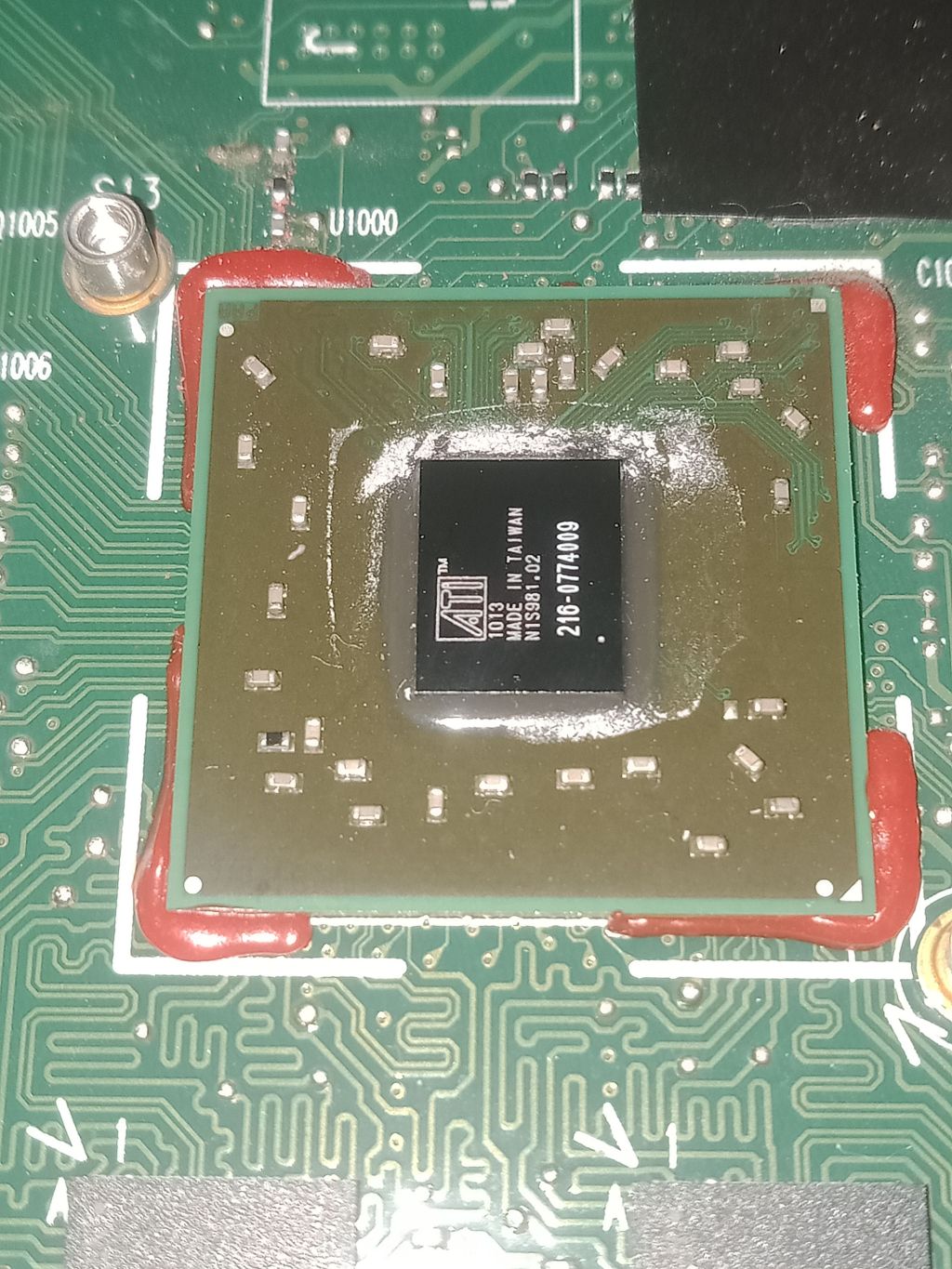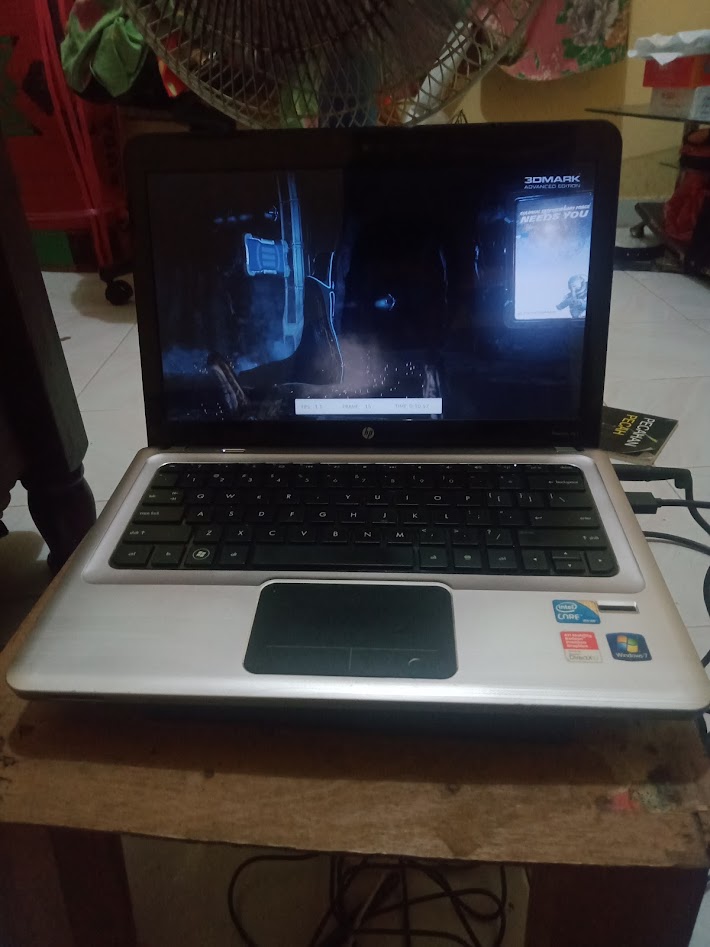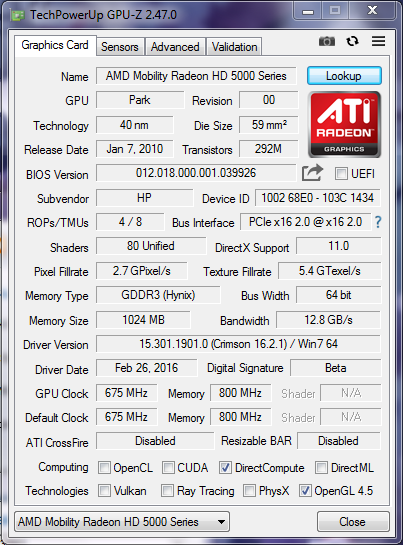Comparing: AMD/ATI Mobility Radeon HD 5450 vs Intel UHD Graphics 750
In this comparison, we analyze two Videocards: AMD/ATI Mobility Radeon HD 5450 and Intel UHD Graphics 750, using synthetic benchmark tests to evaluate their overall performance. This side-by-side comparison helps users understand which hardware delivers better value, speed, and efficiency based on standardized testing. Whether you're building a new system or upgrading an existing one, this benchmark-driven evaluation offers valuable insights to guide your decision.

AMD/ATI Mobility Radeon HD 5450
| Type: | Videocards |
|---|---|
| Brand: | ATI/AMD |
| Model: | Mobility Radeon HD 5450 |

Intel UHD Graphics 750
| Type: | Videocards |
|---|---|
| Brand: | Intel |
| Model: | UHD Graphics 750 |
Specification Comparison Table
This specification comparison presents technical details of several devices or components to help you understand the key differences between each option. Use this table as a reference to determine which device best suits your needs.
| Specification | AMD/ATI Mobility Radeon HD 5450 | Intel UHD Graphics 750 |
|---|---|---|
| Architecture | Terascale 2 | Rocket Lake |
| Codename | Park Pro | Rocket Lake GT1 |
| Buswidth | 64 bit | SHARED |
| Clock | 675 MHz - - | 350 MHz - 1300 MHz |
| Memory Clock | 1GB GDDR3 | SHARED |
| Technology | 40 nm | 14 nm |
| Interface | PCIe x16 2.0 | IGP |
| Technology | 40 nm | 14 nm |
| Segment | Laptop | Desktop |
Submission Comparison Table
This submission comparison table displays the number and details of benchmark data submissions from various devices or components. This information helps you understand the performance based on the benchmarks that have been tested, as well as providing an overview of the consistency and popularity of the available benchmark results.
Submission Comparison Chart
This chart visualizes the benchmark scores comparison between two hardware devices based on submitted data.
Media Gallery
A collection of photos of tested hardware. These images can help you identify the physical form, model, and variant of the hardware in question. These photos are from our own documentation, and if they are not available we may not be able to document them.
About Hardware AMD/ATI Mobility Radeon HD 5450
The ATI Mobility Radeon HD 5450 is a mobile graphics card released in 2010, designed for entry-level laptops that require basic GPU acceleration. Based on Terascale 2 architecture, the HD 5450 features 80 stream processors (shaders) and is typically paired with 512MB to 1GB of DDR3 or GDDR3 VRAM, depending on the laptop configuration. It operates at a core clock speed of up to 675 MHz, providing just enough power for light multimedia tasks and low-end 3D workloads.
This GPU supports modern graphics standards of its time, including DirectX 11, OpenGL 4.2, and UVD (Unified Video Decoder), which enhances video playback efficiency and allows smooth playback of HD content such as Blu-ray and 1080p videos. Thanks to UVD, the GPU offloads video decoding tasks from the CPU, resulting in better overall performance in multimedia-centric usage. However, the narrow memory bus and limited shader count make the HD 5450 unsuitable for modern gaming or professional graphics workloads.
When it comes to gaming, the Mobility Radeon HD 5450 can only run older or less demanding games like Counter-Strike: Source, GTA San Andreas, or Warcraft III, often at low resolution and minimum settings to maintain playable frame rates. Newer 3D titles or even moderately intensive games will struggle on this GPU, especially under Windows 10 where driver support is minimal and outdated.
Despite its aging specs, the ATI Mobility Radeon HD 5450 still finds relevance in older laptops like the HP Pavilion dv3-4054TX, especially for users who prioritize basic productivity, web browsing, office work, and media playback. While it lacks the horsepower of modern integrated GPUs, it was a step forward at the time for delivering discrete graphics capabilities in compact notebook designs.
If you're restoring or maintaining an older Windows 7 or Windows 8 system for legacy software or retro computing needs, the Mobility Radeon HD 5450 can still deliver reliable performance within its limitations.
Hardware Detail:
Device: HP Pavilion dv3-4054TX
RAM: 4GB DDR3
OS: Windows 10, Windows 8, Windows 7
Tuesday, 19 July 2022 19:48:49 | Update: 1 month ago
About Hardware Intel UHD Graphics 750
Intel UHD Graphics 750 is an integrated GPU used in the 11th generation Intel Core processors (Rocket Lake), including models such as the Core i5-11400 and Core i7-11700. It has 32 Execution Units (EUs) and runs at frequencies up to 1.3 GHz, offering competitive graphics performance in the iGPU (integrated GPU) class. Designed to handle daily graphics tasks, the UHD Graphics 750 is a significant upgrade from its predecessor, the UHD 630, especially in terms of media efficiency and modern codec support.
With support for DirectX 12, OpenGL 4.6, and Vulkan 1.2, the Intel UHD 750 can run multimedia applications, 2D graphics, and light games in a stable manner. Hardware acceleration features for HEVC (H.265), VP9, and AV1 codecs are also present, enabling high-resolution video playback (up to 4K) with lower power consumption. In addition, HDR support makes this GPU suitable for entertainment needs such as video streaming, light video editing, and high-quality visual displays on modern monitors.
This GPU is integrated in systems like the Dell OptiPlex 5090 that use an Intel Core i7-11700 processor, 32GB of RAM, and Windows 10 operating system. In this configuration, the UHD Graphics 750 is able to handle most everyday visual computing needs without the need for a discrete GPU. The graphics performance is sufficient enough to open multiple browser tabs with multimedia content, run productivity applications such as Microsoft Office, Zoom, and even some light e-sport games.
Hardware Detail:
Device: Dell OptiPlex 5090
CPU: i7-11700
RAM: 32GB
OS: Windows 10
Tuesday, 13 June 2023 12:07:50 | Update: 1 month ago



